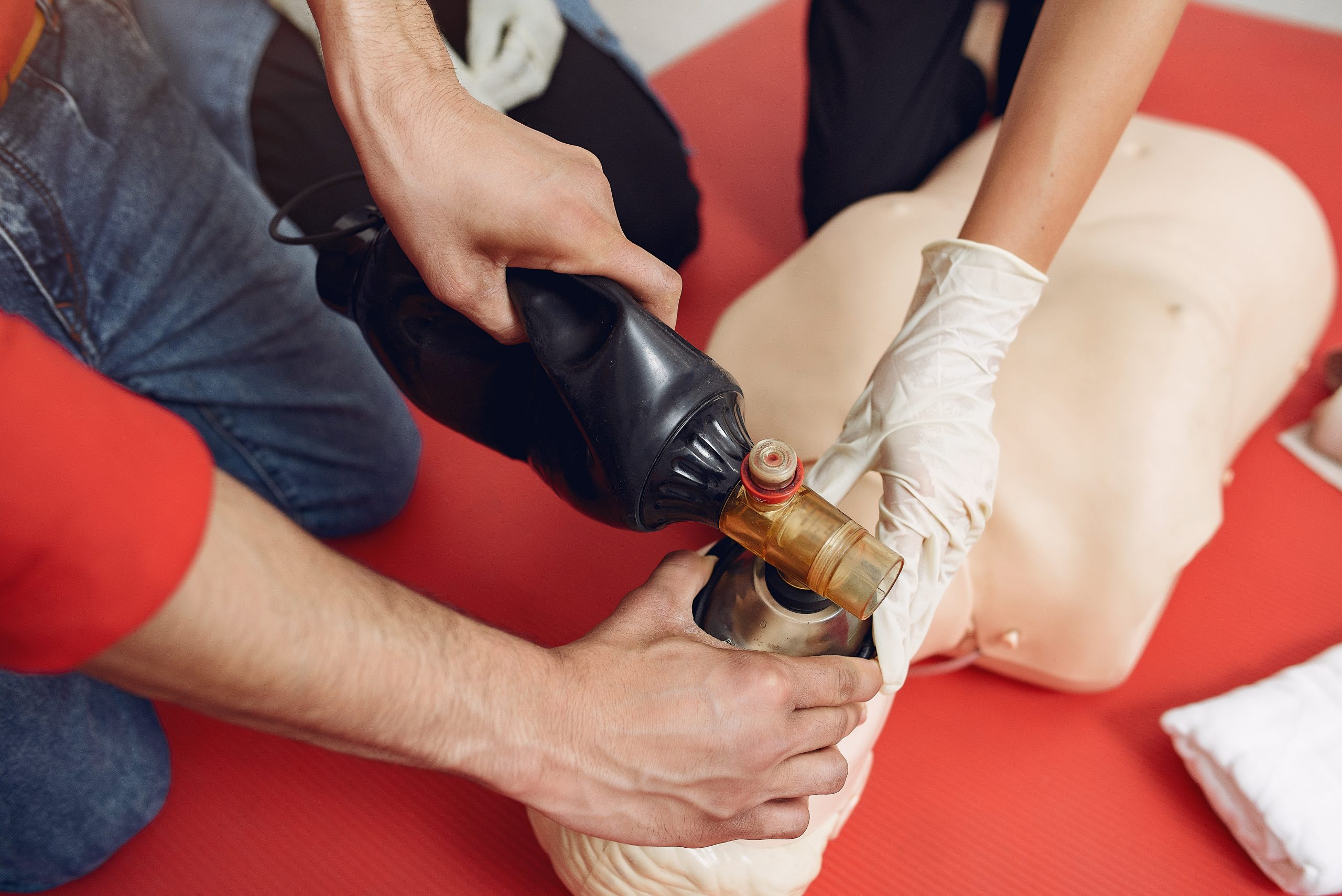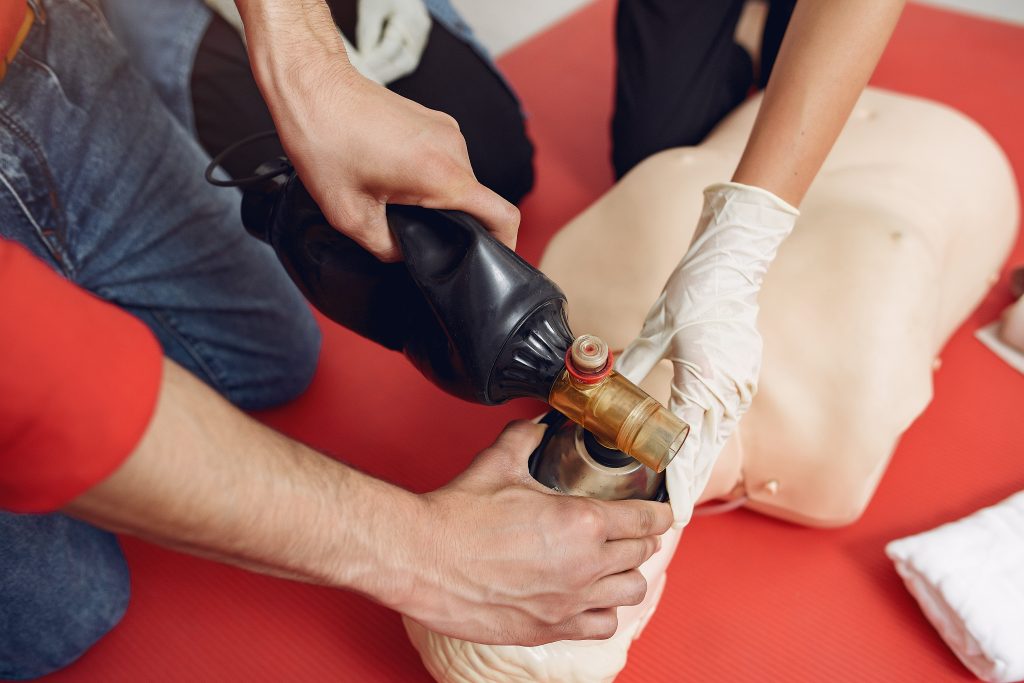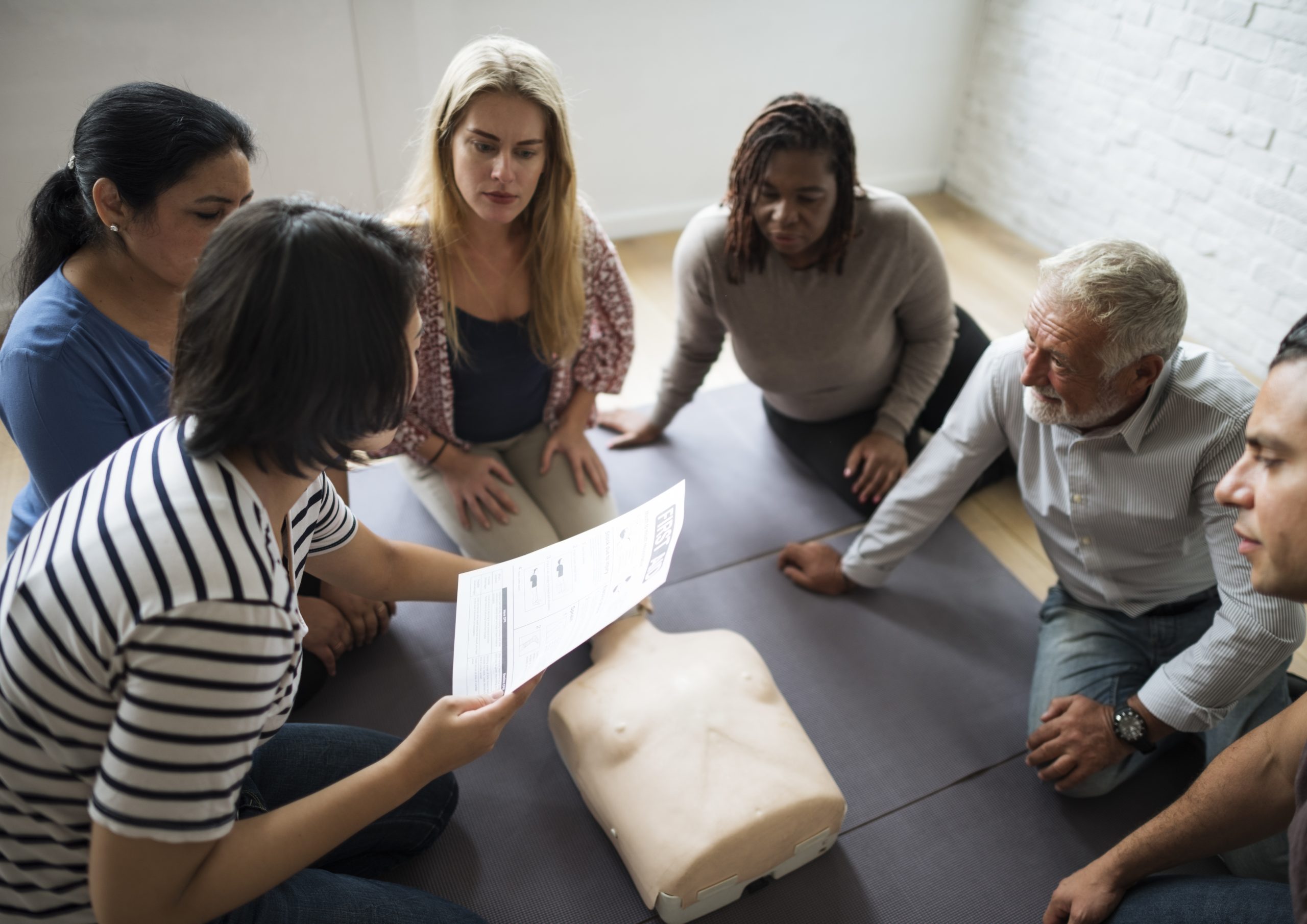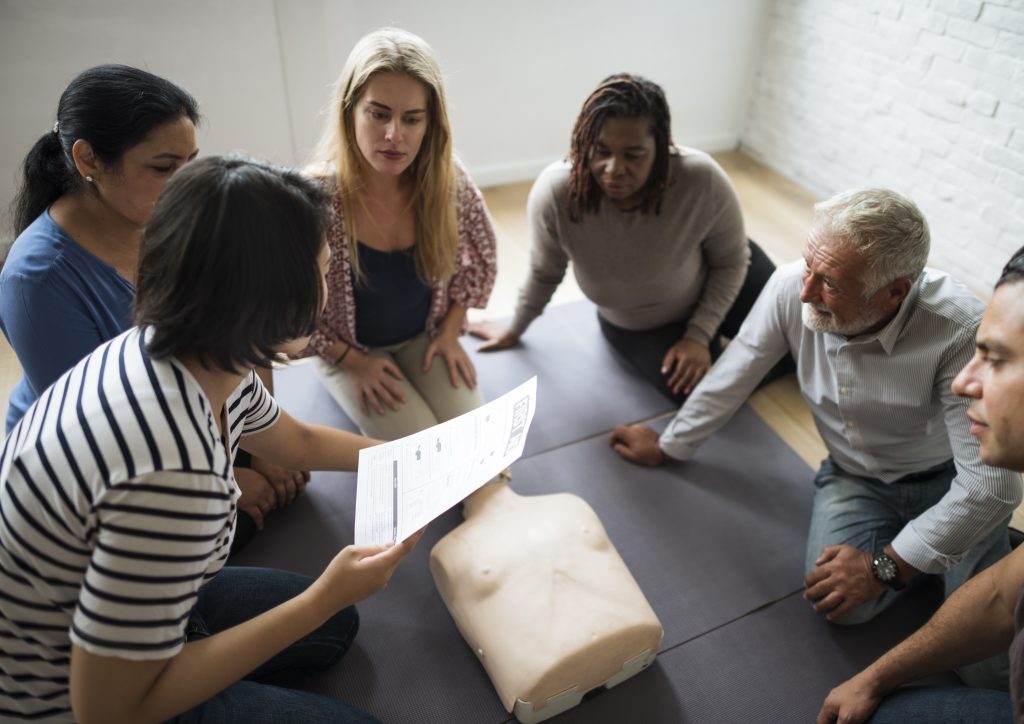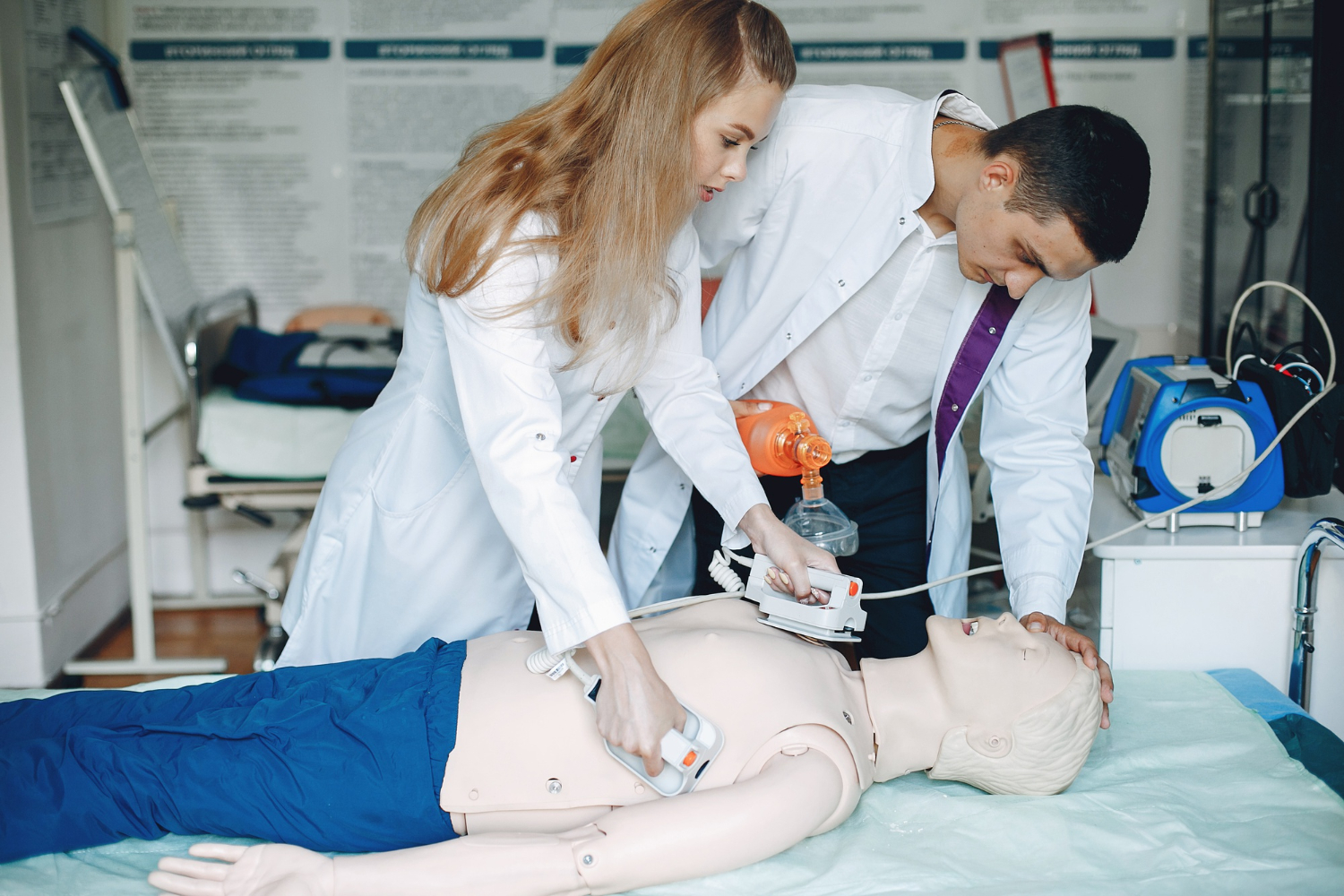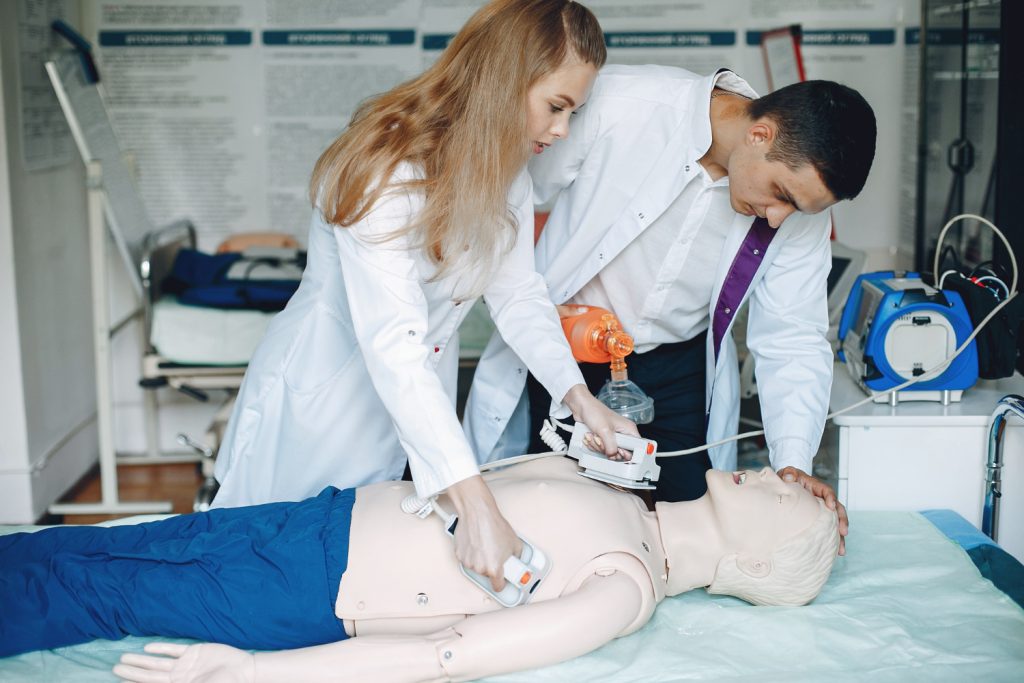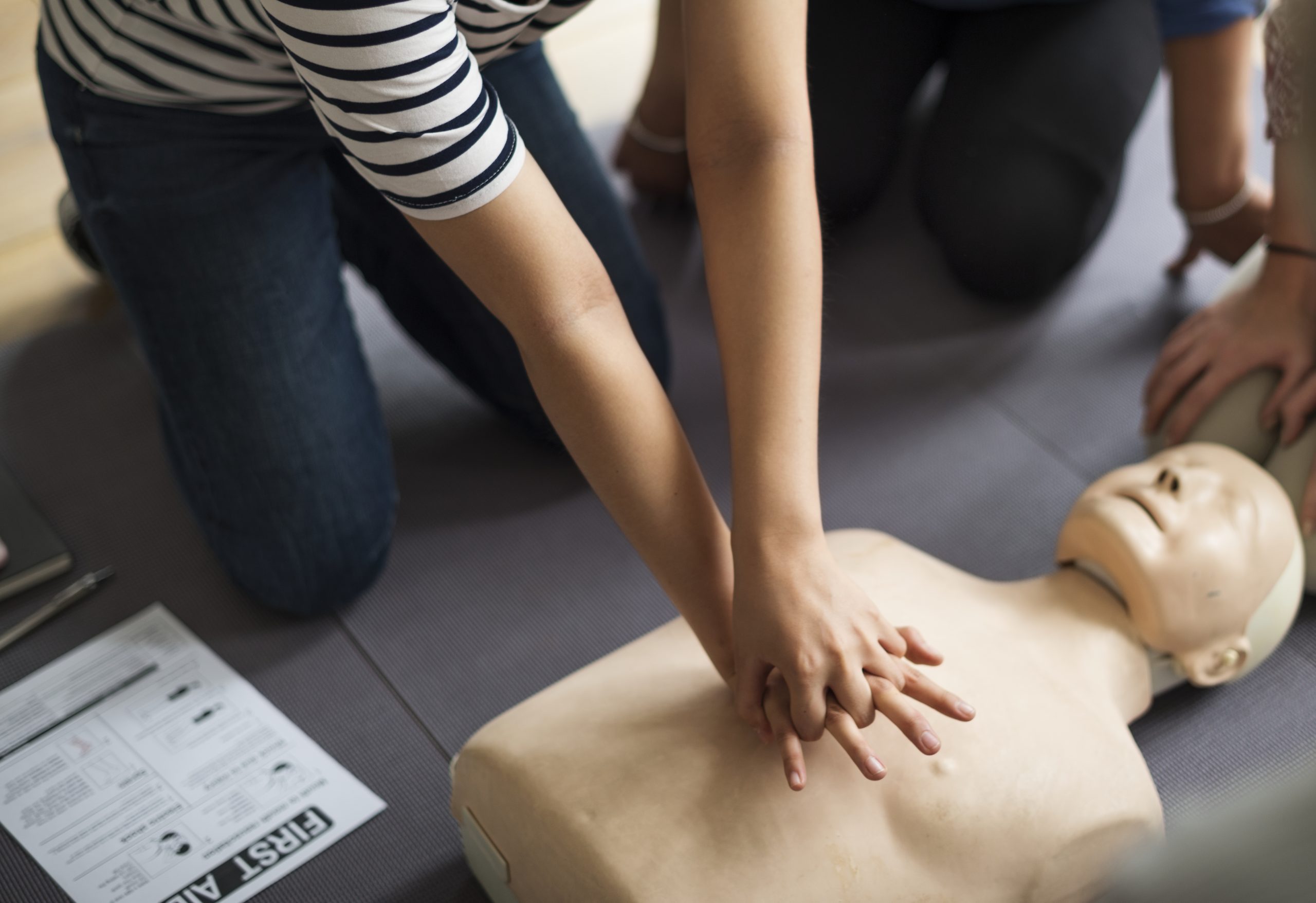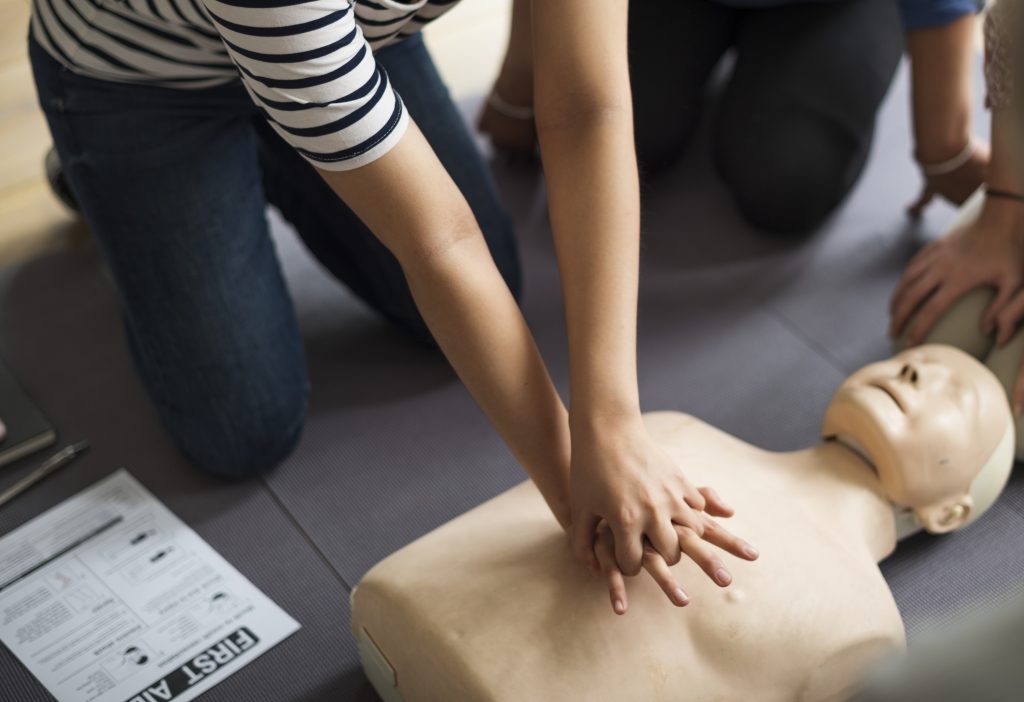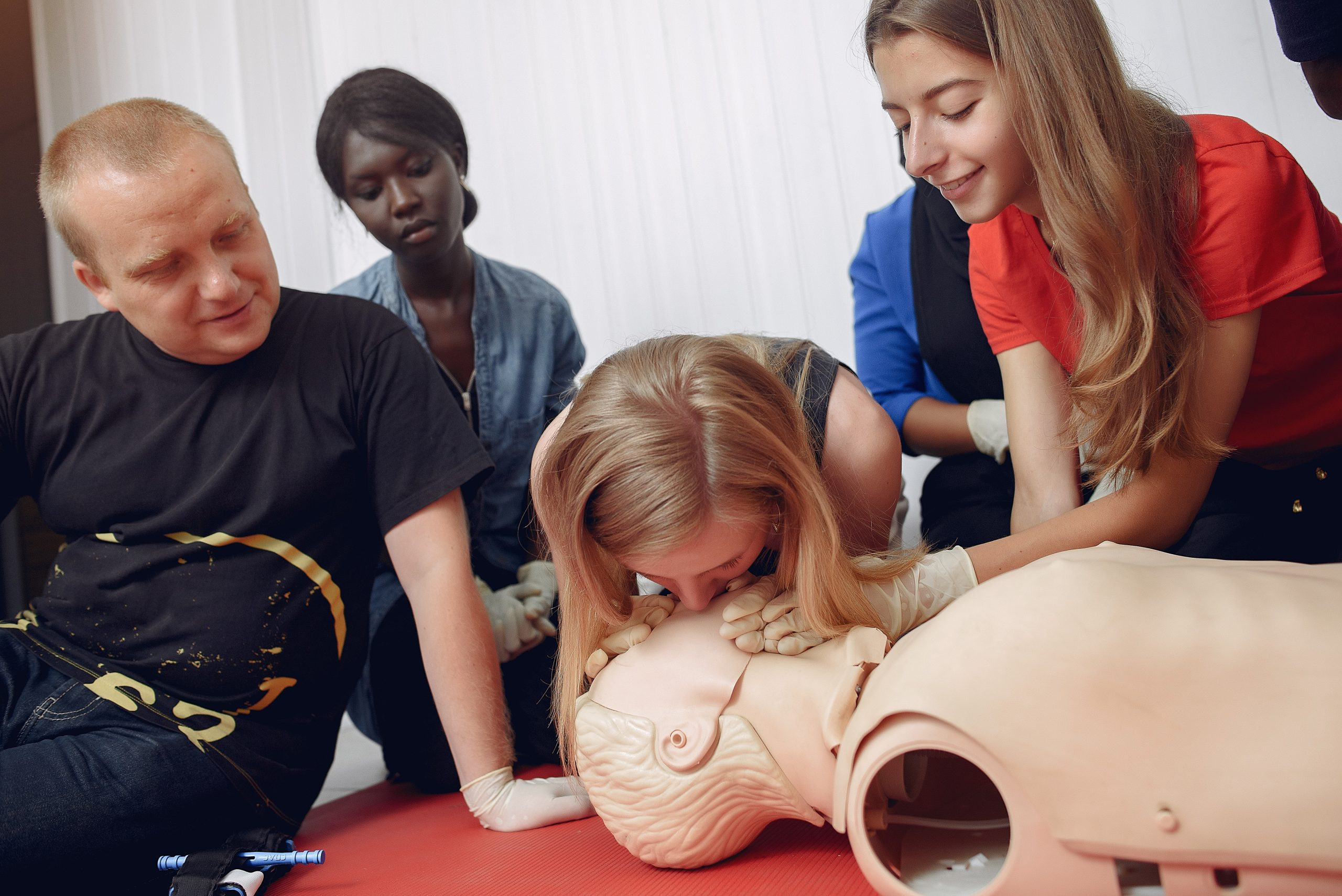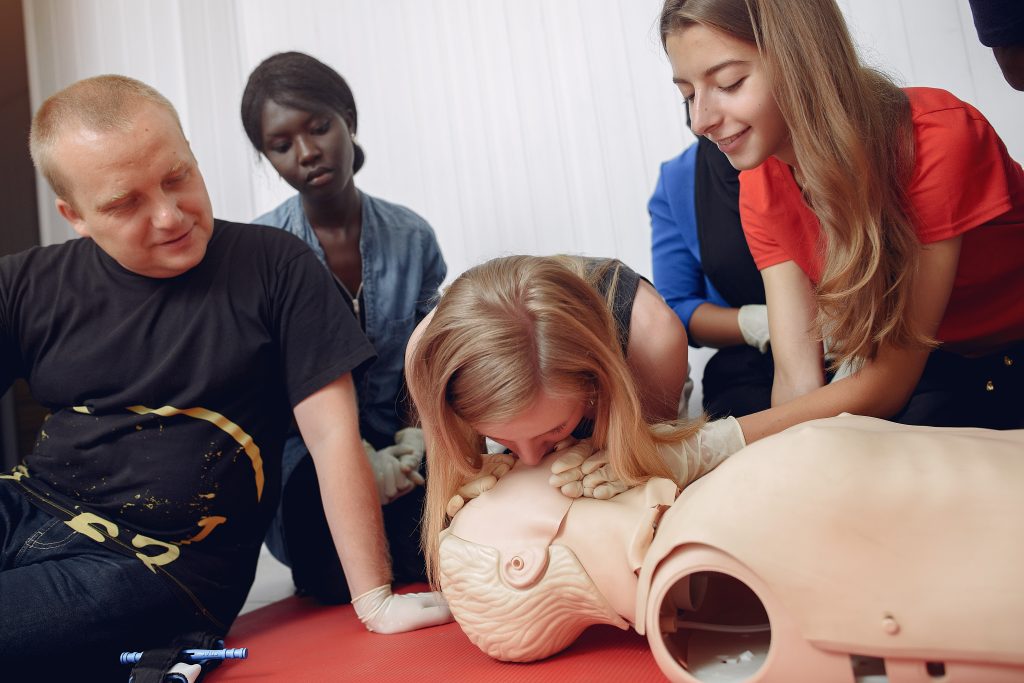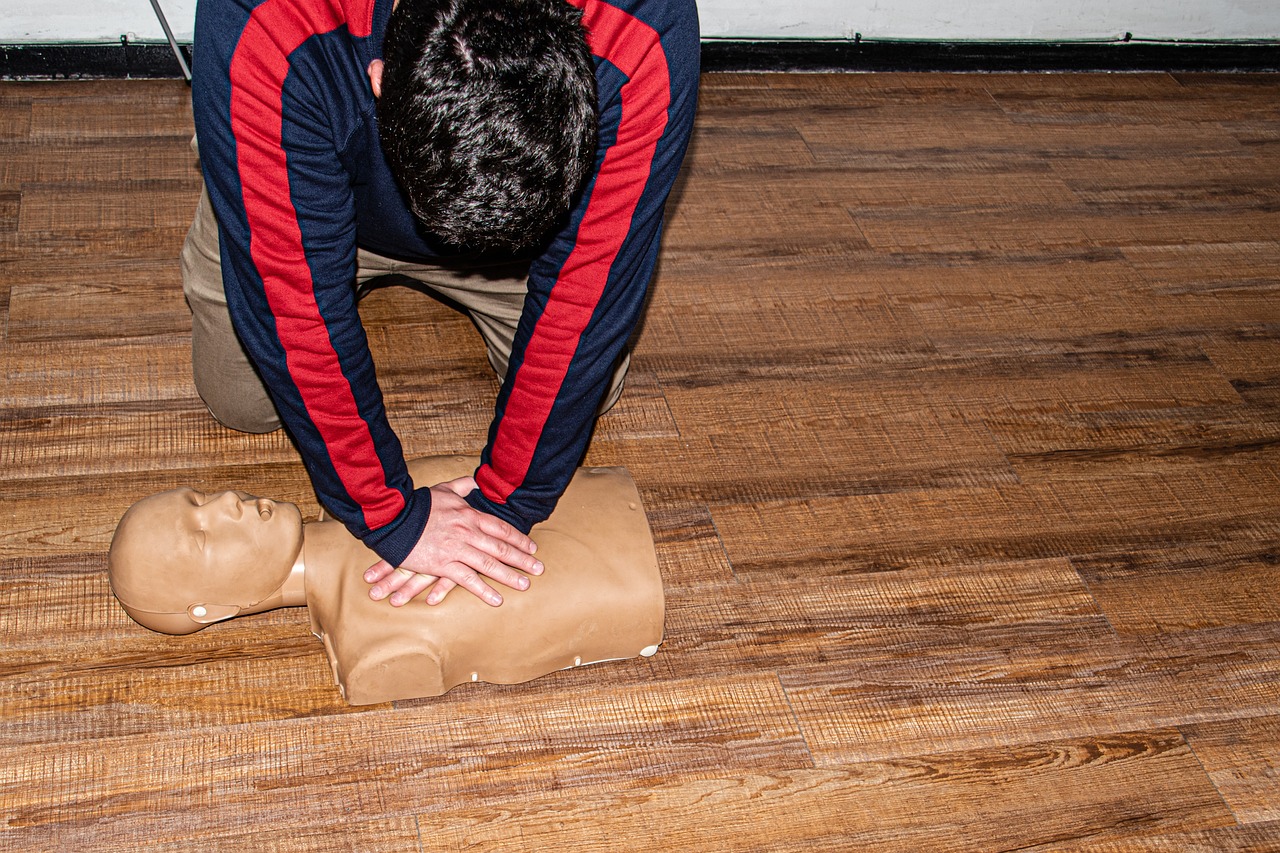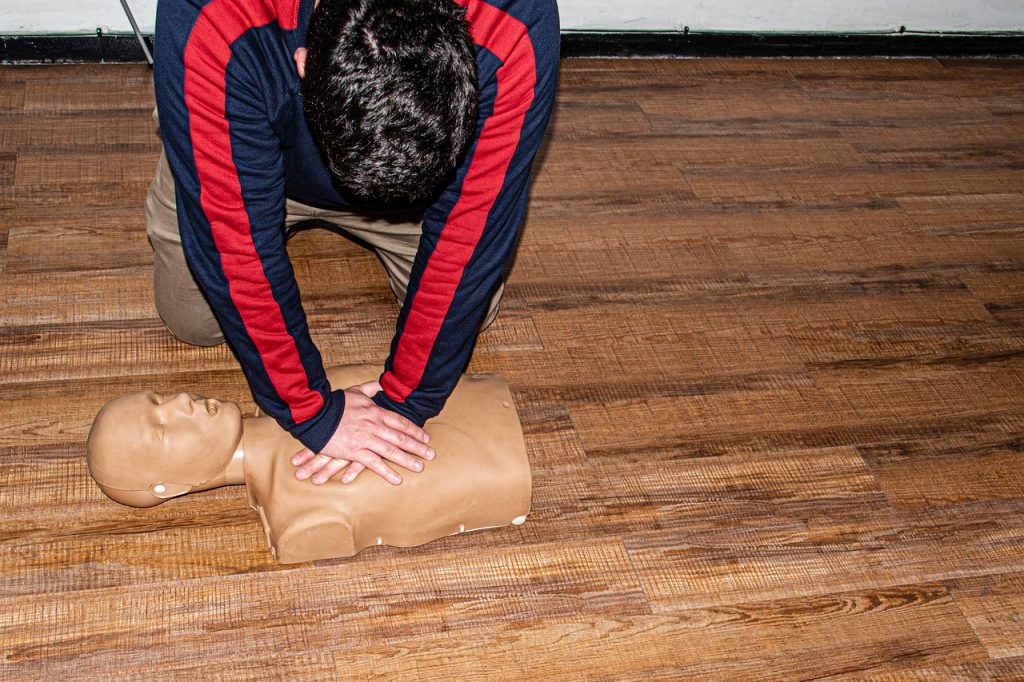CPR Training for Parents: Why Every Parent Should Be Empowered to Save a Life

CPR Training for Parents: Why Every Parent Should Be Empowered to Save a Life

Every parent experiences a primal fear – the fear of their child being in harm’s way. Choking hazards, falls, and unexpected medical emergencies can strike at any time. But in the face of these frightening situations, there’s a powerful tool parents can possess: knowledge of CPR. CPR, or Cardiopulmonary Resuscitation, is a set of lifesaving techniques that can keep oxygenated blood flowing to the brain and vital organs until help arrives in an emergency where a child has stopped breathing or their heart has stopped beating.
The Importance of CPR Training for Parents
While the chances of a child experiencing a cardiac arrest are relatively low, being prepared for the unthinkable can make all the difference. Early intervention with CPR can significantly increase a child’s chances of survival. Here’s why CPR training is crucial for parents:
- Early intervention is critical: Every minute a child’s brain goes without oxygen increases the risk of permanent damage or death. By performing CPR immediately, parents can buy precious time until medical professionals arrive. Studies have shown that the brain can suffer irreversible damage within just four to six minutes without oxygen. Even a few minutes of CPR can significantly improve a child’s chances of survival and potentially prevent long-term neurological complications.
- Increased confidence in emergencies: Knowing CPR can empower parents to stay calm and take decisive action in a stressful situation. The shock of witnessing a child in medical distress can be overwhelming. However, CPR training equips parents with the knowledge and skills to respond effectively. Following a clear set of steps can provide a sense of control and focus during a crisis. This allows parents to make sound decisions and potentially save their child’s life.
- Peace of mind: Having CPR Training for Parents can provide parents with a sense of security and preparedness. Parenthood comes with a constant undercurrent of worry, and the possibility of a child experiencing a medical emergency can be a significant source of anxiety. CPR training can alleviate some of this anxiety by empowering parents with the knowledge that they can potentially intervene in a life-threatening situation. This newfound sense of preparedness can grant parents greater peace of mind and allow them to focus on enjoying precious moments with their children.
- Builds trust with childcare providers: Many childcare providers, such as daycare centers and babysitters, are required to be CPR certified. By taking a CPR class themselves, parents demonstrate a proactive approach to their child’s safety and well-being. This can build trust and confidence in the childcare provider, knowing that both parents and caregivers are equipped to handle emergencies.
CPR skills are transferable: The skills learned during CPR training for children can also be applied to adults in an emergency situation. While there may be slight variations in technique depending on age, the core principles of chest compressions and rescue breaths remain the same. By being CPR-certified, parents gain the ability to potentially help not just their child, but any person experiencing cardiac arrest.
What is CPR and How Does it Work?
CPR is a combination of chest compressions and rescue breaths that helps maintain circulation and oxygen delivery to the body when a child’s heart has stopped beating or they are not breathing effectively. It’s a relatively simple procedure but requires practice to perform effectively. Here’s a breakdown of the two main CPR components:
- Chest Compressions: Chest compressions manually pump the heart, mimicking its natural function and forcing blood to circulate throughout the body.
Rescue Breaths: Rescue breaths provide oxygen to the lungs, which is then carried through the bloodstream to vital organs.
Performing CPR on a Child: A Step-by-Step Guide
While CPR techniques may vary slightly depending on the age of the child, the core principles remain the same. Here’s a step-by-step guide to performing CPR on a child:
- Check the Scene for Safety
Before approaching the child, ensure it’s safe for you to intervene. Look for any hazards that could put you or the child at risk.
- Call for Help
Immediately call emergency services and activate the emergency response system if available.
- Assess the Child’s Responsiveness
Gently shake the child’s shoulders and ask loudly, “Are you okay?” If the child doesn’t respond, proceed to check for breathing.
- Check for Breathing
Look for chest rise and fall for no more than 10 seconds. Listen and feel for breaths near the mouth and nose. If the child is not breathing normally, begin CPR.
- Chest Compressions for a Child
Place the heel of one hand on the center of the child’s chest, just below the nipple line. Place the other hand on top of the first hand and interlace your fingers. Push hard and fast at a rate of 100 to 120 compressions per minute. Aim to compress the chest by about a third of its depth.
- Rescue Breaths for a Child
After 30 compressions, tilt the head back and lift the chin to open the airway. Pinch the child’s nose shut and create a seal with your mouth over the child’s mouth. Give two rescue breaths, each lasting about one second. Watch for the chest to rise with each breath.
- Continue Cycles of CPR
Continue alternating 30 chest compressions with 2 rescue breaths until help arrives, the child starts breathing on their own, or you become too exhausted to continue.
- Use an AED if Available
If an Automated External Defibrillator (AED) is available, use it as soon as possible. An AED is a portable device that can analyze the child’s heart rhythm and deliver an electrical shock if needed to restore a normal heart rhythm.
CPR for Infants: Key Differences
Performing CPR on an infant requires a slightly different approach compared to CPR for a child. This is because an infant’s body is more fragile and delicate. Here’s a breakdown of the key modifications to remember when performing CPR on a baby:
- Gentler Touch with Two or Three Fingers: An infant’s chest is much smaller and more delicate than a child’s. Using two or three fingers instead of both hands for chest compressions helps to ensure proper depth and prevent damage to the ribs or internal organs. Imagine placing your fingers on a ping pong ball – that’s the level of delicate pressure required.
- Shorter, Shallower Compressions: The depth of chest compressions for an infant should be about one-third to one-half the depth of the chest cavity. This is significantly shallower than the one-third depth recommended for children. Applying too much pressure can cause serious injuries to the infant’s fragile ribs and internal organs.
- Combination Mouth-and-Nose Seal for Rescue Breaths: Unlike CPR for a child where breaths are delivered to the mouth, for an infant, you create a seal with your mouth over both the baby’s mouth and nose to deliver rescue breaths. This ensures that air enters both airways effectively. It’s important to use very gentle puffs of air, just enough to see the chest rise slightly. Overinflation of the lungs can be dangerous for an infant.
Focus on Speed and Coordination: While depth of compressions is reduced for infants, the rate of compressions remains the same at 100 to 120 compressions per minute. This emphasizes the importance of maintaining a rapid and smooth rhythm of compressions and breaths during infant CPR.
Here’s an additional tip to remember: If you’re feeling hesitant about giving rescue breaths to an infant, you can focus solely on chest compressions. Studies have shown that even chest compressions alone can be life-saving for infants in some cases. However, if you’re comfortable doing so, providing both chest compressions and rescue breaths is the most effective approach for maximizing the chances of a successful resuscitation.
After CPR: What to Do Until Help Arrives
Once you’ve begun CPR, your focus should be on maintaining uninterrupted chest compressions and rescue breaths until help arrives. Here’s what you should do:
- Continue CPR without interruption: Maintain a steady rhythm of 30 chest compressions followed by 2 rescue breaths for children or infants. Aim for a rate of 100 to 120 compressions per minute. It’s crucial to minimize pauses between compressions and breaths to ensure continuous blood flow.
- Minimize distractions: Stay focused on the task at hand. Delegate tasks like staying on the phone with emergency services to someone else if possible.
- Be prepared to switch off with another rescuer: CPR can be physically demanding. If someone else arrives who is trained in CPR, take turns performing compressions to avoid fatigue. This ensures consistent and effective CPR delivery.
Use an AED if available: If an AED is readily available, use it as soon as possible after starting CPR. AEDs are portable devices that analyze the heart rhythm and can deliver an electrical shock if necessary to restore a normal heart rhythm. Most AEDs provide clear audio and visual instructions to guide you through the process.
Additional Considerations:
- Monitor the Child: While performing CPR, keep an eye on the child for any signs of improvement, such as breathing or movement. If the child starts breathing normally, stop chest compressions but continue to monitor their breathing until help arrives.
Stay Calm and Composed: It’s understandable to feel overwhelmed in this situation. However, remaining calm will allow you to think clearly and perform CPR effectively. Focus on each compression and breath, and take comfort in the knowledge that you are taking steps to give your child the best chance of survival.
Conclusion
In conclusion, learning CPR is a vital skill that every parent should possess. Being equipped to save a life in critical situations can make a significant difference. By taking the time to learn and practice CPR techniques, parents can be empowered to act swiftly and effectively during emergencies. Investing in CPR training for parents is not only about being prepared but also about providing a safer environment for your family and community. Take the step to become CPR-certified and be ready to make a life-saving difference when it matters most.


